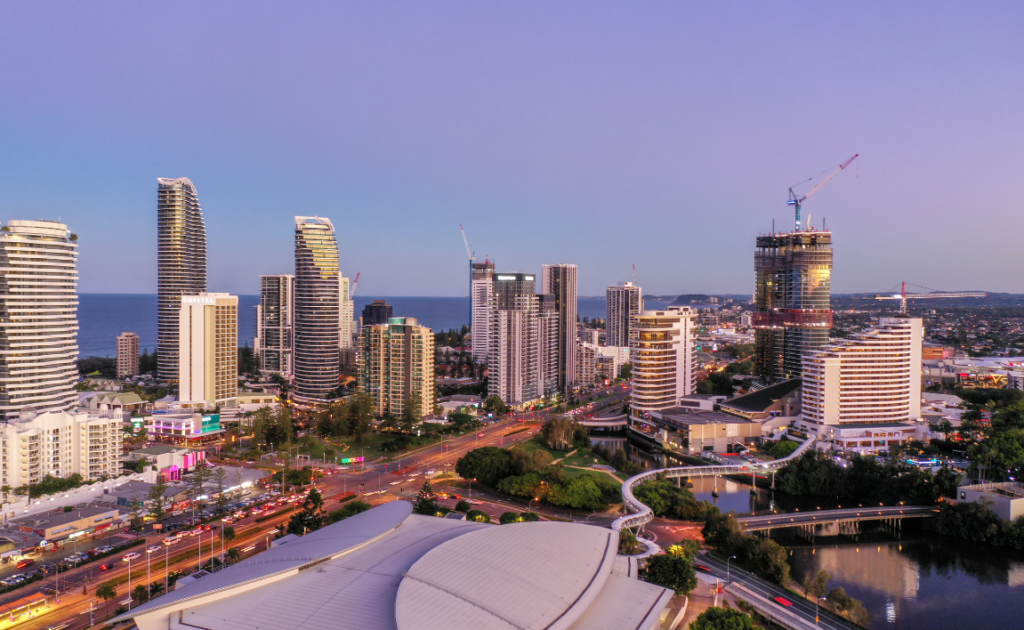Key Gold Coast Commercial Property Drivers in 2023
November 22 2023

If we were to choose one word to sum up the Gold Coast’s commercial property market this year, ‘unique’ would be an appropriate adjective. Coming out the other side of the post-pandemic boom, there was always going to be a return to relative normality as the year progressed. High inflation and a rapid string of rate rises saw property investors cooling their heels, while owners have had to contemplate how best to optimise their portfolios in 2023. A low supply of new development, as well as the flow-on effects of rapid population growth, proved to be the panacea that kept the Gold Coast’s commercial market buoyant across the year.
Here we explore the key drivers that shaped the local commercial landscape in 2023.

1. Population Growth
The latest Kollosche Property Insights report revealed that the Gold Coast region swelled by 14,150 people over the year to September, translating to a staggering 275 new residents joining the community each week. Queensland is set to remain a major beneficiary of interstate migrants and should continue to attract around 14 percent of all overseas migrants. With that influx of new residents comes high demand and greater competition for commercial space.
2. Limited New Supply
A lag in the number of new developments getting out of the ground was a prevailing theme in 2023, as the full impact of rising construction costs and labor shortages were felt. In a city where the population has grown considerably, the flow-on effect for commercial assets elevated rental prices and compressed yields. This has, and will likely continue to, fortify the overall dynamics of the Gold Coast commercial market.

3. Economic Factors
There is no avoiding the impact of high inflation and interest rates on the commercial property sector in 2023. The RBA board hiked the cash rate to a 12-year high of 4.35% in November, marking the 13th rate rise since May 2022. Borrowing costs rose (and lending criteria tightened), weakening investor sentiment as a result. However, it wasn’t all doom and gloom – property income increased in the short term, with projections for increasing inflation feeding through to rents. Savvy commercial property owners took the opportunity to reposition their assets to attract higher incomes and put more focus on qualifying tenants.
4. Infrastructure Investment
In asset classes where demand has flattened somewhat this year – namely retail (due to online shopping) and office (due to work from home) – A-grade assets have continued to perform well, while B and C grade properties have seen higher vacancies. The need to reposition commercial assets has been a feature of the market this year as investors attempt to balance the impact of higher interest rates and return obstacles.
5. A Flight to Quality
In asset classes where demand has flattened somewhat this year – namely retail (due to online shopping) and office (due to work from home) – A-grade assets have continued to perform well, while B and C grade properties have seen higher vacancies. The need to reposition commercial assets has been a feature of the market this year as investors attempt to balance the impact of higher interest rates and return obstacles.
Please reach out if Kollosche Commercial can assist you in any way this month.